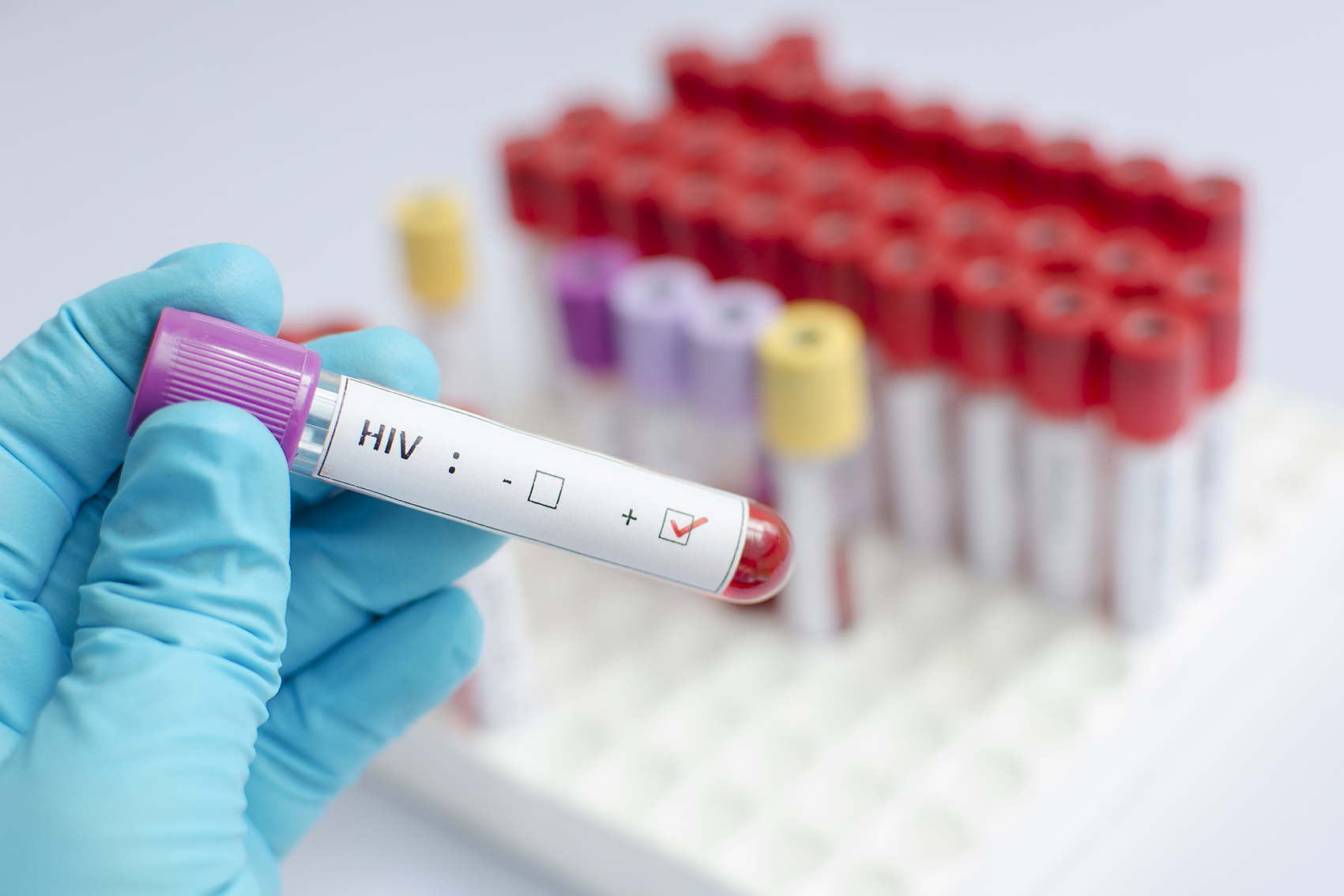The Health Ministry has developed a comprehensive plan to ensure preventive services are given to people at high risk of HIV infection. The ministry says it has also focused efforts on eliminating HIV infection among babies.
According to head of the Office for Controlling AIDS and Sexually Transmitted Diseases at the ministry, Parvin Afsar-Kazerouni, all expectant mothers can receive free antenatal HIV testing in their first and third trimester of pregnancy.
The scheme, part of the Health Reform Plan implemented as of 2014, aims at preventing mother-to-child HIV transmission, accounting for over 3% of all new HIV infections among Iranians, ISNA reported.
Offering HIV screening for pregnant women is the standard care in many developed countries. For example, in the US, centers for disease control and prevention recommend that all pregnant women should be tested for HIV infection. According to the CDC, in 2002 almost 70% of all pregnant women had been tested for the infection during prenatal care. In Germany, all pregnant women are offered an HIV test free-of-charge.
Afsar-Kazerouni says the free testing will be performed by all state-run maternity and children clinics and health centers in the country.
The program also provides antiretroviral treatment to HIV-positive pregnant women. “Without treatment, the likelihood of HIV passing from mother-to-child is 15% to 45%. However, antiretroviral treatment and other effective MTCT interventions can reduce this risk to below 5%,” she explained.
Vulnerable Women
The official said 34 centers have so far been set up in medical universities to help vulnerable women, including women whose husbands are drug-addicts or in prison, women addicted to narcotics and sex workers.
The 0centers offer a variety of services to vulnerable women, including counseling and self-care education, gynecological examination, testing and treatment for sexually transmitted diseases, HIV testing, as well as providing free contraceptives.
“If vulnerable women do not visit the counseling centers voluntarily, our mobile teams track them in places frequented by drug addicts and provide them with clean syringes and medical aid. They also perform free HIV testing on these women,” she added.
Prevalence Rates
Around 34,000 HIV-positive people have been identified in Iran, while officials estimate that there are as many who are unaware of their condition.
“Close to 33% of all infected people are women and 67% are men,” says Kambiz Mahzari, advisor to the Committee on Aids Prevention and Control affiliated to the Health Ministry.
“The infection used to be more prevalent in men, but it’s been infecting more and more women in recent times,” he said, adding that the rate at which women are infected is now higher than men. Earlier the ministry said the disease transmission pattern saw a shift from needles/syringes to sexual transmission in recent years.”
According to the global 2030 Agenda for Sustainable Development, Iran with 149 countries have agreed to end the AIDS epidemic by 2030. During the first five years of the plan (2015-20), governments should identify all HIV-infected people in their respective countries and should also eliminate new HIV infections among babies. In the second phase, 90% of those identified should be treated.


